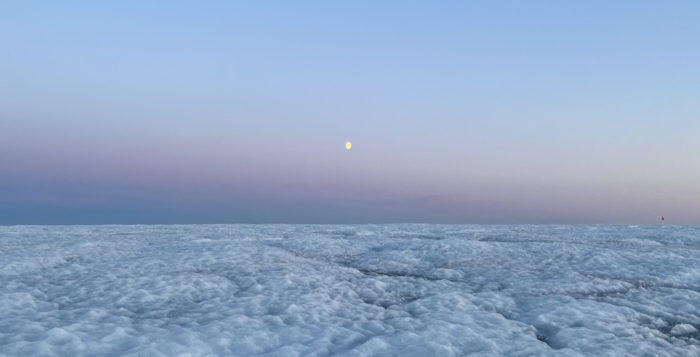Women make up 50.8% of the worlds population, yet fewer than 30% of the world’s researchers are women. Of this percentage, BAME (Black Asia and Minority Ethnic) comprise around 5%, with less than 1% represented in geoscience faculty positions. The divide between women in the population and women in STEM needs to be addressed. Through a series of blog posts we hope to raise the voice of women in th ...[Read More]
Climate change and the Cryosphere – With ice we are also losing a piece of our cultural heritage: a glaciologist’s perspective
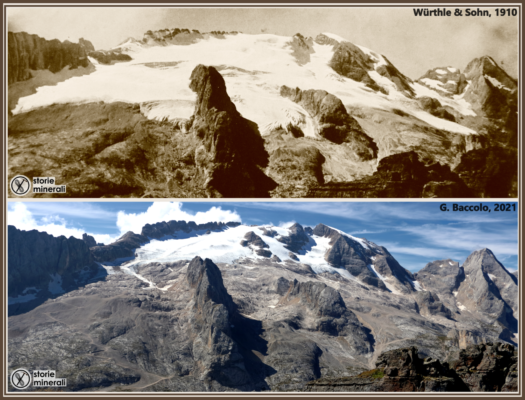
Glaciers are shrinking and disappearing in many regions of the Earth. Did you know? I am joking of course. We are flooded with news talking about this. The decline of glaciers has manifold and severe consequences and is one of the most powerful icons of climate change. Here I want to talk a little bit about one of the less talked about impact of glacier decline: the loss of culture and knowledge r ...[Read More]
Of Polar Bears and Sediment Cores: a Scientific Cruise in the Arctic
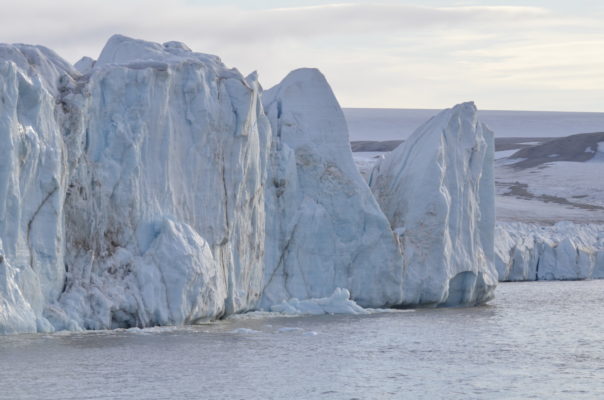
Through the scientific excursion part of the University Centre in Svalbard (UNIS) course ‘Arctic Late Quaternary Glacial and Marine Environmental History’, a few lucky grad students got to visit Nordaustlandet, northeastern Svalbard. This is the story of our research adventure in this beautiful, remote part of the Arctic. On a bright and early morning in late August, a group of 16 students, 4 prof ...[Read More]
Vernagtferner: My First Encounter with an Alpine Glacier
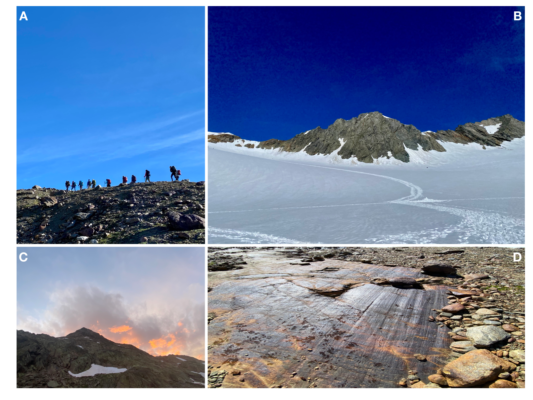
In July 2021, together with a group of MSc students from the University of Bremen, I set off from the flat plains of Northwest Germany and embarked on a journey to the mountainous regions of Austria, with the Vernagtferner Glacier as our final destination. My aim was to learn as much as I could in the glaciology field course offered by the university. During my student days in Brazil, glaciers fil ...[Read More]
Cryo-Adventures – Hunting snow algae in the Alps
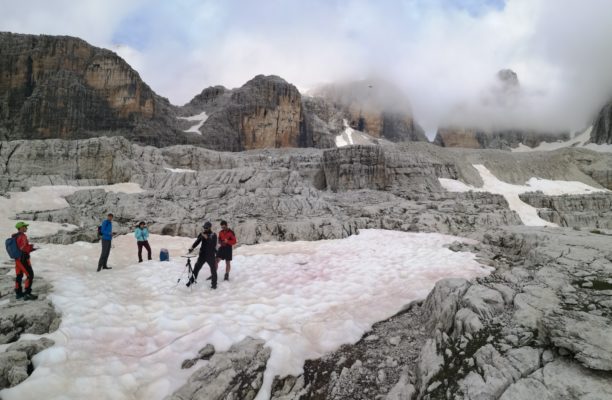
We are used to think of algae as marine or lacustrine organisms, but they are actually able to thrive also on the cryosphere. In a previous post, we learnt how snow algae live and reproduce on snow. Now we will explore how and why scientists study snow algae, and how social media can be used for identifying new study areas. Snow algae in the Alps Snow algae in the Alps have been overlooked or conf ...[Read More]
Let’s go to School of Sustainability!
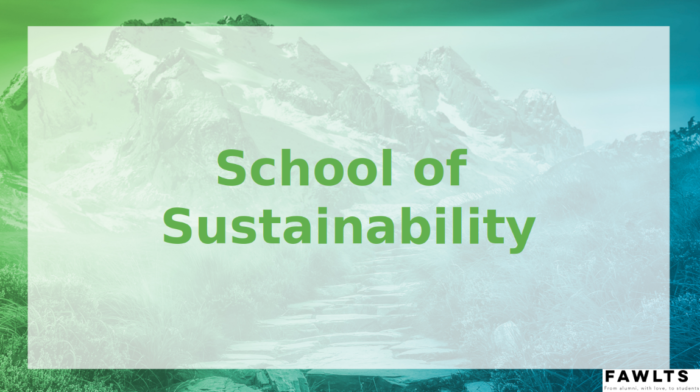
Next generations will not only see impacts of climate change first-hand, but they will also deal with the associated societal implications. Implementing climate solutions and orienting themselves in a growing, green job market need cutting-edge knowledge, which is often hard to get through the ordinary, high-school syllabus. As early-career cryo-scientists (Federica is a PhD student in glacial geo ...[Read More]
Will the Arctic be ice free earlier than previously thought?
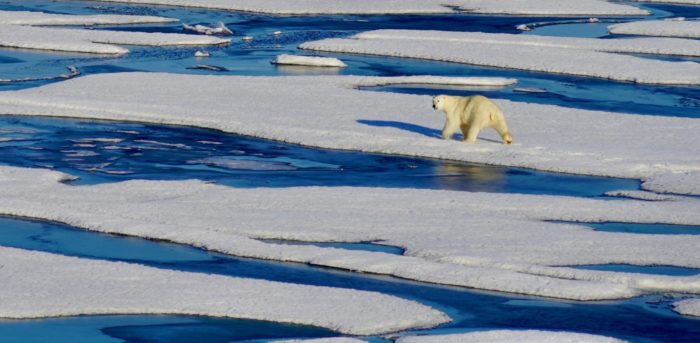
There is no doubt that the Arctic is currently losing its sea ice as our climate is warming. And this process will carry on as temperatures continue climbing. But the rate at which sea ice will melt in the future and the exact date when the Arctic will be free of sea ice is not known due to several factors (which will be briefly discussed in this post). Torben Koenigk and I have selected climate m ...[Read More]
Mapping sea ice from space
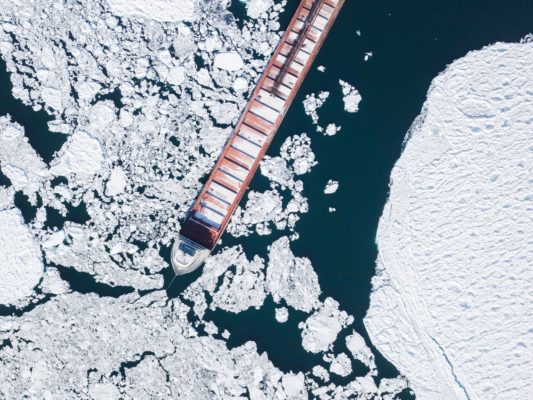
Reduced and thinner sea ice makes Arctic waters increasingly appealing for shipping, fishing, tourism, and mineral exploration. However, with increased accessibility and more dynamic ice conditions comes a greater risk for ship crews to encounter sea ice and icebergs outside of their usual seasonal limits. To help them navigate, timely and reliable sea ice information is key. Have you wondered how ...[Read More]
Cryo-adventures – Undertaking Cryo-Fieldwork in a Global Pandemic!
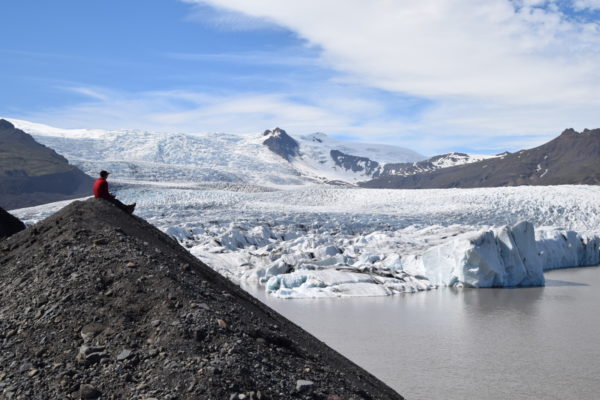
Have you ever wondered what undertaking cryo-fieldwork in a glacial environment typically involves? Well, what about undertaking cryo-fieldwork in a glacial environment during a global pandemic?! Read on to find out all about the challenges I faced on my recent trip to Iceland in July 2021… Fieldwork Preparation As this previous blog post highlights, undertaking cryo-fieldwork requires a significa ...[Read More]
Did you know about the weathering crust? Five things you never knew about glacier surfaces
To the untrained eye, the melting surface of glaciers and ice sheets can look a little boring. It’s bright in some places, dark in others, and there are lots of things to fall over and (hopefully not) get your feet wet in. However, a huge range of processes are occurring both upon and just underneath the ice surface, in a 50-ish cm thick layer of ice called the weathering crust (or the “crust” for ...[Read More]


